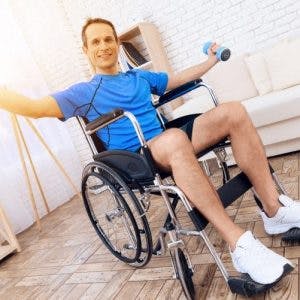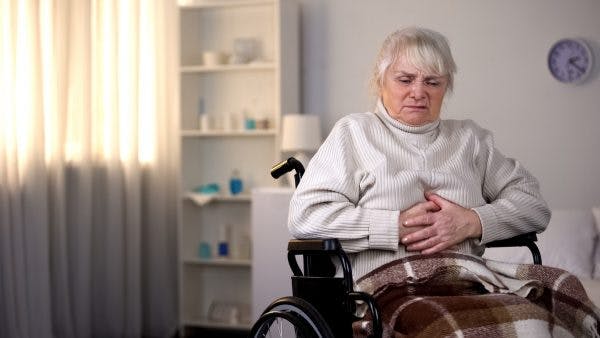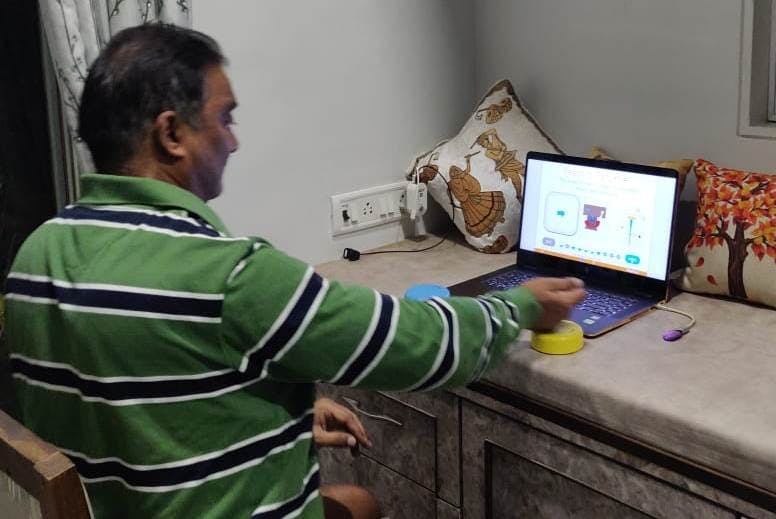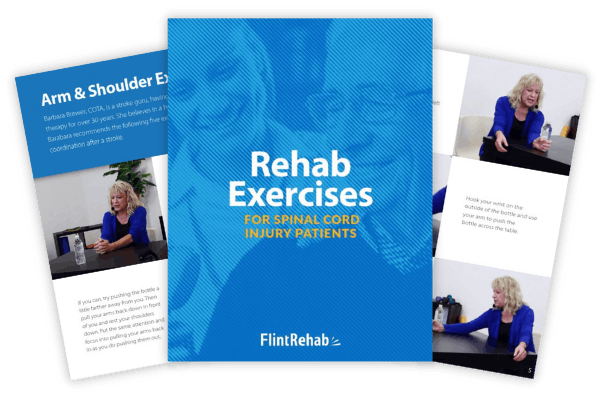Are spinal cord injuries permanent? While physical damage to the spinal cord is permanent, there is often hope for functional recovery. As a result, many individuals can relearn and strengthen functions affected by spinal cord injury to improve their quality of life.
To help you understand that there are ways to work around the “permanent” effects of spinal cord injury, this article will discuss:
- Are spinal cord injuries permanent?
- How severity of injury affects recovery
- Rehabilitation
- Potential treatments
Are Spinal Cord Injuries Permanent?
Damaged neurons in the spinal cord are unable to regenerate. Therefore, physical damage sustained by a spinal cord injury (SCI) is permanent. However, a principle known as neuroplasticity enables the spinal cord to recover affected functions, even after injury.
Neuroplasticity refers to the central nervous system’s ability to reorganize its neural circuitry. It allows for functions affected by injury to be relearned by unaffected areas and strengthened through massed practice.
The most effective way to promote neuroplasticity after spinal cord injury is to focus on highly repetitive and targeted practice. Consistently stimulating the spinal cord with repetitive movement helps reinforce demand for that function and encourages the spinal cord to utilize neuroplasticity to rewire itself. The more you stimulate the spinal cord, the stronger these newly rewired functions become.
However, this process is not guaranteed to occur in all individuals after spinal cord injury. The following section will address how the severity of a spinal cord injury affects neuroplasticity.
How the Severity of Spinal Cord Injury Affects Recovery
The severity of a spinal cord injury plays a major role in predicting recovery outcomes. One way to classify the severity of a spinal cord injury is to determine whether it is complete or incomplete.
A complete spinal cord injury refers to spinal cord damage that transects the entire spinal cord. As a result, no connections (neural pathways) between the brain and areas below the site of injury are left unaffected.
Only neural pathways that remain connected through the site of the SCI are capable of neuroplasticity. Therefore, if an individual sustains a complete spinal cord injury, the effects are permanent. However, this does not mean there is no hope for improvements. We’ll discuss how individuals with complete spinal cord injuries can promote functional improvements later in this article.
In contrast, incomplete spinal cord injuries refer to partial spinal cord damage. Following an incomplete spinal cord injury, neural pathways that connect signals between the brain and areas below the site of injury still exist. As a result, those unaffected neural pathways are capable of neuroplasticity, allowing functions affected by injury to potentially be improved and recovered.
The more unaffected neural pathways exist, the greater the chances of recovery. Up next, we’ll discuss rehabilitative interventions that help promote neuroplasticity.
Spinal Cord Injury Rehabilitation
Every spinal cord injury and its recovery are unique. Therefore, a personalized approach to treatment that focuses on each individual’s specific needs is ideal. Participating in rehabilitative therapies allows individuals to get the one-on-one care they need to optimize recovery.
Spinal cord injury rehabilitation may consist of:
- Physical therapy focuses on improving one’s mobility by practicing targeted exercises. Physical therapists can guide you through the exercises to make sure you’re performing them safely with correct form .
- Occupational therapy focuses on helping individuals develop their functional independence after SCI. This may involve practicing activities of daily living such as dressing, feeding, and performing transfers.
- Speech therapy can help individuals that struggle with breathing, eating, or speaking after SCI. For example, your speech therapist may help you practice swallowing or cognitive exercises.
- Psychotherapy can help individuals who are struggling with their mental health after SCI. A psychotherapist can also suggest more effective ways to cope.
Even if you have a complete spinal cord injury and cannot recover motor control, participating in rehabilitative therapies is essential. Rehabilitation for complete spinal cord injuries focuses on maximizing the functional capabilities of unaffected regions of your body to compensate for limited movement in other areas.
For example, if you’re paralyzed from the waist down, you can learn how to use your arms to help you get in and out of beds, showers, and chairs. By focusing on maximizing your functional independence, you can significantly improve your quality of life.
Spinal Cord Injury Treatment
While there is no cure for spinal cord injury, researchers are developing promising treatments that have the potential to produce better recovery outcomes. If you have a complete or very severe incomplete spinal cord injury, there is still hope for recovering affected functions.
Some treatments that suggest a hopeful future for spinal cord injury recovery include:
Stem Cell Therapy
Stem cells are extremely versatile because they possess the ability to specialize into a variety of different cell types. Additionally, they can divide infinitely, which makes them ideal for replacing cells damaged by spinal cord injury.
However, there are several obstacles to stem cell therapy that must be worked out before it can be considered a viable treatment for spinal cord injury. These obstacles include:
- determining what type of stem cell to use
- optimizing dosages and timing
- figuring out how to minimize scarring in the spinal cord
As a result, stem cell therapy is not currently an approved treatment for SCI. However, researchers are hopeful that it can be a potential treatment in the future.
Epidural Stimulation
Epidural stimulation involves getting an implant that sends electrical currents to areas below your level of injury. It works around the spinal cord damage and uses electrical currents that mimic brain signals to stimulate movement.
In addition to using epidural stimulation, individuals with spinal cord injuries must relearn how to control their movements with intensive physical training. This study found that by combining intensive physical training and epidural stimulation, individuals with motor complete injuries were able to improve their motor functions.
Like stem cell therapy, epidural stimulation is still being developed and research for it is yielding very promising results.
Robotic Exoskeletons
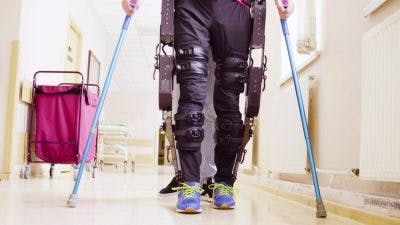
A robotic exoskeleton is a wearable device that assists you with walking, sitting, and standing. Robotic exoskeletons are ideal for individuals with complete spinal cord injuries who may otherwise not be able to walk at all.
Models will vary, but typically individuals can facilitate movements by shifting their weight. The sensors in the exoskeleton will then help complete the movement.
While exoskeletons are costly ($40,000+), they are a viable option for those looking to maximize their independence. Utilizing an exoskeleton can also help minimize the effects of limited motor control such as muscle atrophy, osteoporosis, and poor circulation.
Are Spinal Cord Injuries Permanent? Key Points
Physical damage to the spinal cord is permanent. However, depending on the severity of your SCI and how aggressively you pursue rehabilitation, functional recovery may be possible. Even if you have a complete spinal cord injury, there are ways to increase your independence and improve your quality of life.
We hope this article helped you understand that while damage to the spinal cord is permanent, there is potential to recover affected functions.






